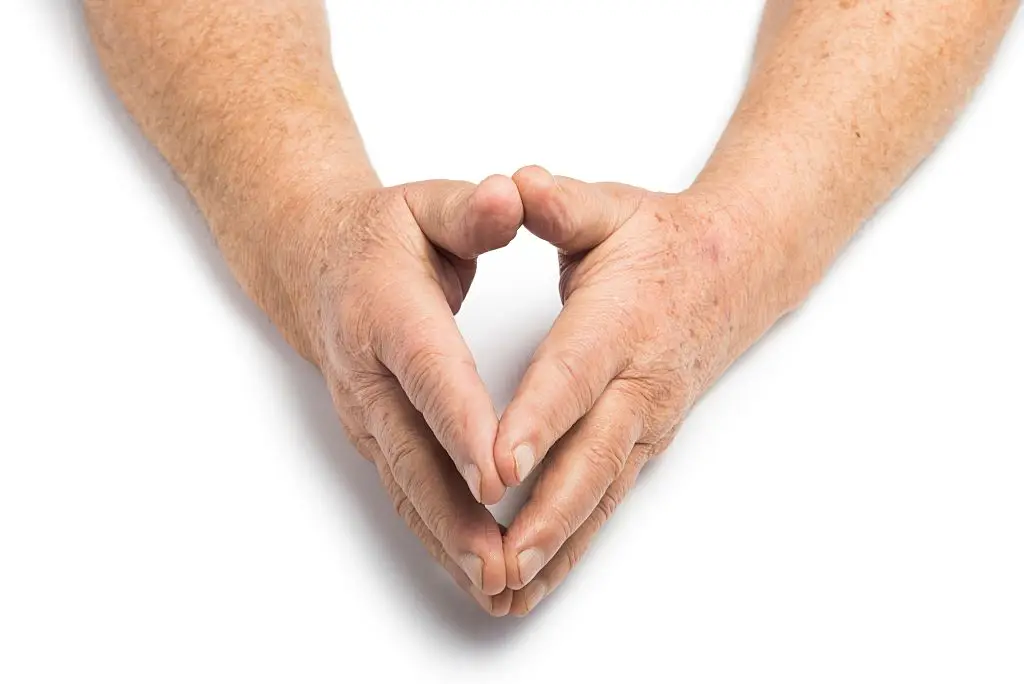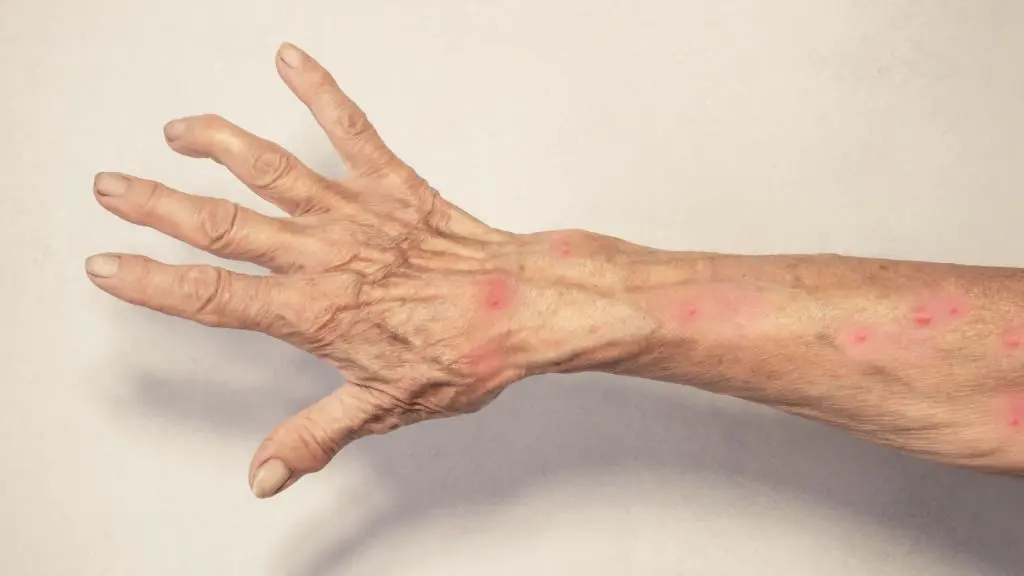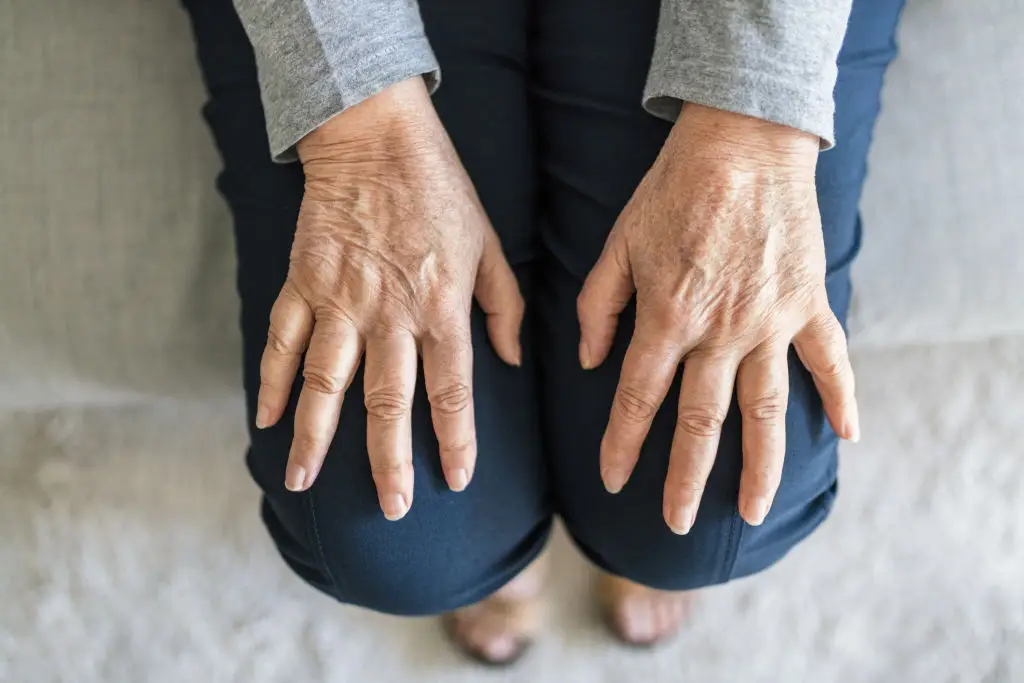From Aches to Answers: 12 Unexpected Signs Your Body is Battling Arthritis
When you hear “arthritis,” is the first thing that comes to mind stiff knees or sore knuckles after a long day? Most of us think of it as a simple, inevitable part of aging—but the truth is, arthritis is anything but predictable. In its earliest stages, this condition can whisper in places you’d never expect, showing up far beyond creaky joints. Many people miss small, persistent symptoms that don’t fit the classic mold: a strange tiredness, a rash on your arm, or even a change in your mood. These signs may feel invisible or easy to dismiss, yet they're your body’s way of reaching out for support before pain takes center stage. The good news? Paying attention to these overlooked warning signals can lead to earlier diagnosis—and with it, a wealth of options for managing arthritis with less stress and more hope. You deserve answers, not just explanations. That's why we've gathered the 12 most surprising signs your body might be quietly battling arthritis. Whether you’re navigating mysterious symptoms or supporting someone on this journey, let’s explore the signals that matter, straight from science-backed sources and the experiences of real people. After all, your path to comfort and vitality begins with compassionate knowledge—not alarm bells, but gentle nudges toward self-care.
1. Fatigue That Won’t Go Away

One of the earliest—and most underestimated—signs of arthritis isn’t pain at all. It’s a deep, unshakeable fatigue that lingers, even after a restful night’s sleep. For many, this exhaustion sets in before any stiffness or swelling shows up, making it all too easy to blame on stress or getting older. What’s really happening? Chronic inflammation, the engine behind conditions like rheumatoid arthritis, can sap your energy reserve long before it affects your joints. You might notice you’re dragging through daily tasks, feeling “off” or depleted in a way that just doesn’t add up. Experts like Dr. Beth Biggee, MD, point out that this kind of tiredness signals your immune system is in overdrive, quietly working behind the scenes. Listen to your body: If your usual routines become overwhelming and naps don’t restore you, share this pattern with your doctor. While lots of things can cause fatigue, when this symptom sticks around—especially if it’s new or unexplained—it’s worth discussing. Spotting this early sign can help you take steps before other symptoms take hold, planting seeds for better days ahead.
2. Symmetrical Aches: Both Sides Tell a Story

Have you noticed discomfort or swelling showing up in the same spot on both sides of your body, like your wrists or knees? That’s a classic clue that arthritis—especially rheumatoid arthritis—could be at play. Unlike occasional aches from overuse, RA tends to attack joints in a matching pattern. Medical experts, including Dr. Natalie Azar at NYU Grossman School of Medicine, call this “symmetrical involvement,” and it’s much more than a medical technicality. This pattern is often a telltale sign, helping doctors distinguish arthritis from injuries or simple wear and tear. You might find that both hands ache, or your fingers seem puffy in pairs. A practical at-home check: If stiffness or swelling seems to “mirror” itself, take note. These mirrored aches are worth tracking, especially if they persist or make everyday activities a challenge. By tuning into the symmetry, you could catch arthritis in its earliest stage—empowering you to reach for support before the journey gets rough.
3. Morning Stiffness Lingers Beyond an Hour

Many of us wake up a little stiff, especially after a restless night or an active day. But when that stiffness clings for more than an hour, or seems to lock your joints after every restful pause, it's time to take notice. Unlike regular aches that loosen up quickly, arthritis-related morning stiffness often persists, making those first steps feel like moving through molasses. Medical guidelines highlight that if your joints remain stiff well past breakfast—think over an hour—it can be an early, defining feature of rheumatoid arthritis. Long-lasting morning stiffness isn’t about aging; it’s about inflammation making itself known. Gentle stretches, a warm shower, or slow, mindful movement may help, but if the “rusty gear” sensation becomes routine, bring it up with your provider. You don’t have to power through alone: sharing these patterns gives your care team valuable clues, helping you start interventions that actually fit your life. Remember, your morning matters—and how you move through it can be a window into your body’s well-being.
4. Unexplained Foot or Ankle Pain

Foot and ankle troubles are easy to chalk up to a long walk or the wrong shoes, but for one in five people with rheumatoid arthritis, these are the very first signals something’s off. Swelling that doesn’t improve, persistent pain around the ankles, or warmth you just can’t explain deserves a little attention. Unlike bunions or the typical soreness after a busy day, arthritis inflammation often hits small joints in the feet—sometimes before the hands show any signs at all. If you notice your morning stride is slower, or those favorite sneakers just don’t fit the way they used to, your body could be sending an early alert. Tracking changes in your feet (like puffiness or sudden discomfort) and sharing them with your doctor can speed up diagnosis, making space for more comfortable days down the road. It’s easy to overlook your feet, but in arthritis, they just might be carrying the first clues you need to feel better.
5. Skin Changes: Rashes, Redness, or Nodules

Not all arthritis signs are hidden deep inside. Sometimes, your skin tells the story before your joints do. You might notice reddish patches, unusual rashes, or even small, firm lumps (called “nodules”) that develop just below the surface. These changes are often the result of the same inflammation that stirs up trouble inside your joints. While it’s tempting to shrug off a bit of redness or a new bump as nothing, persistent skin changes—especially ones that don’t respond to usual creams—deserve a closer look. These visible markers are more than skin deep. Bringing them to your doctor’s attention can provide essential diagnostic clues, especially if you’re experiencing other subtle symptoms like fatigue or stiffness. Remember, you know your skin best. If something new lingers, it’s always smart to ask—even a question as simple as, “Could this be related to arthritis?” Your intuition is a powerful tool in staying ahead of inflammation.
6. Eyes Acting Up: Dryness, Redness, or Blurry Vision

Your eyes might seem like an unlikely place for arthritis symptoms to appear, but chronic inflammation can touch them too. Some people experience increased dryness, redness, or a “gritty” sensation, while others notice subtle shifts in vision that just can’t be explained by age or allergies. These changes often signal your immune system is working overtime, and it’s worth paying attention—especially if you find yourself reaching for the eye drops more often. Eye symptoms are not just a nuisance. Over time, unchecked inflammation can affect vision and comfort, so bringing up persistent dryness or redness at your next appointment is a caring move for yourself. Don’t wait for obvious pain—sometimes, it’s the smaller, nagging changes that tell the biggest stories. Your eyes do a lot for you; returning the favor means checking in whenever they seem out of sync.
7. Shortness of Breath or Chest Discomfort

Arthritis is most famous for joint issues, but for some, the first sign might be a change in breathing. Subtle shortness of breath, a recurring dry cough, or gentle chest discomfort may all signal the deeper, systemic forms of inflammatory arthritis—especially rheumatoid arthritis, which can involve lungs or the heart in rare cases. These sensations can develop slowly and often feel mild, but because they’re out of the ordinary, they’re well worth a mention. If simple tasks leave you winded or you notice chest sensations you’ve never had before (and a heart or lung issue has been ruled out), tell your healthcare team. It’s never “complaining” to report these symptoms. Early detection means you can advocate for scans or further testing, opening the door to treatments that keep you active and comfortable. Sometimes the smallest breath can point you in the healthiest direction.
8. Numbness or Tingling in Hands and Feet

Tingling, numbness, or “pins and needles” don’t always mean you slept funny. In arthritis—especially rheumatoid forms—these sensations can signal that inflammation is affecting nearby nerves. These nerve symptoms often go hand-in-hand with joint swelling, but sometimes, they’re the only warning sign at first. You might notice your grip feels weaker, your fingers go numb for no reason, or your toes tingle even when you’re sitting still. It can be easy to pass this off as overuse or poor circulation. But if numbness and tingling happen regularly—especially if it crops up on both sides—open up about it with your provider. Nerve involvement needs gentle, timely attention. Addressing it early can keep daily tasks within reach and help protect healthy nerve function for the long run. Your hands and feet do so much; it’s only fair to listen when they speak up.
9. Sudden, Unexplained Weight Loss

Seeing the numbers on the scale drop without trying might sound like a welcome change, but sudden, unexplained weight loss can be a sign that your body is dealing with more than just a shift in routine. In early arthritis, especially when inflammation is running high, the body sometimes burns through energy faster and suppresses appetite, leading to noticeable weight changes, even before joints feel stiff or sore. This red flag often goes unnoticed unless it’s sharp or paired with other symptoms. If you’re not dieting or increasing activity—but your clothes fit differently or your energy takes a dip—it’s worth documenting. When you bring it up with your healthcare team, you give them a holistic view that can help piece together a quicker, more accurate diagnosis. Gentle self-care starts by noticing patterns—not blaming yourself for changes you didn’t choose.
10. Loss of Appetite and Digestive Changes

That occasional skipped meal might not seem important, but a consistent shift in hunger—or new digestive upsets—can hint at the body’s broader inflammatory response. In the early stages of arthritis, chronic inflammation sometimes dulls appetite or makes mealtimes less appealing, even for foods you usually love. You might notice yourself skipping meals, feeling full quickly, or dealing with mild digestive discomfort. These subtle changes are part of a bigger story. If you spot a pattern of eating less or losing interest in food, especially together with fatigue or weight changes, keep track and speak up with your doctor. There are many gentle ways to support digestion and appetite, from smaller, more frequent meals to exploring calming foods. Above all, be kind to yourself: every body’s needs shift in response to inflammation, and the first step to feeling better is honoring what you notice.
11. Low-Grade Fever or “Flu-Like” Feelings

Feeling “off” with a low-grade fever or flu-ish symptoms—without actually catching a bug—can be your body’s gentle signal that something’s amiss. For people with early arthritis, especially the inflammatory kind, these symptoms might come and go, or hang around in the shadows. Low-grade fevers, mild chills, or an overall sense of unwellness may sneak in long before joint pain arrives. It's natural to shrug these off or assume you’ve picked up a minor virus. But if you find yourself riding waves of mild fever for no clear reason—especially if paired with other subtle changes—it’s time to connect the dots. Give your doctor a full picture of your experience so together, you can map a path toward feeling safe and understood. You know your body best; honoring those small signs is an act of powerful self-advocacy.
12. Mood Changes: Anxiety, Blue Moods, or Brain Fog

When inflammation weaves its way through the body, it doesn’t just settle in joints—your mood and mental clarity can be swept up in the storm, too. Some people find themselves feeling down, anxious, or just not like themselves, even before other classic symptoms appear. Others notice a foggy-headed sensation, forgetfulness, or trouble finding words. Science now recognizes that immune changes can ripple through our minds as much as our bodies. While these shifts are commonplace, that doesn’t make them easy. It’s important to know they’re not “your fault.” If you spot lingering sadness, irritability, new anxiety, or fuzzy thinking—especially when combined with physical symptoms—reach out for compassionate support. Mood changes are a valid, important clue worthy of discussion, not something to tackle alone. Your whole self deserves care, inside and out.
Listening to the Whole Story: Your Body Deserves Answers

Our bodies rarely shout in the beginning; more often, they whisper—through small shifts in how we move, feel, or even see the world. The symptoms of arthritis can be subtle, surprising, and sometimes hard to link together, but each is part of a larger tapestry woven by your body’s natural wisdom. By paying attention to these often-overlooked signals—whether it’s fatigue that lingers, an unexpected change in appetite, or a wave of moodiness—you empower yourself with knowledge and the confidence to ask for help. Early detection isn’t about fearing the worst; it’s about opening doors to more choices, gentler days, and a sense of control over your health journey. If any of these 12 signs feel familiar, know that you’re not alone and that there’s nothing wrong with seeking answers. Reach out to a trusted healthcare provider. Every early clue is a step toward relief, resilience, and the vibrant life you deserve. Your body’s messages matter—and so does your path forward.
